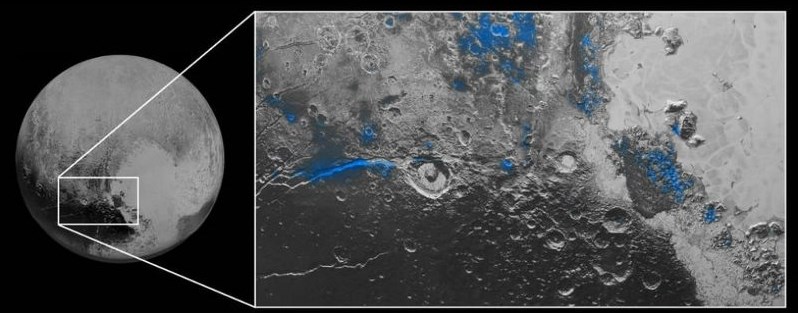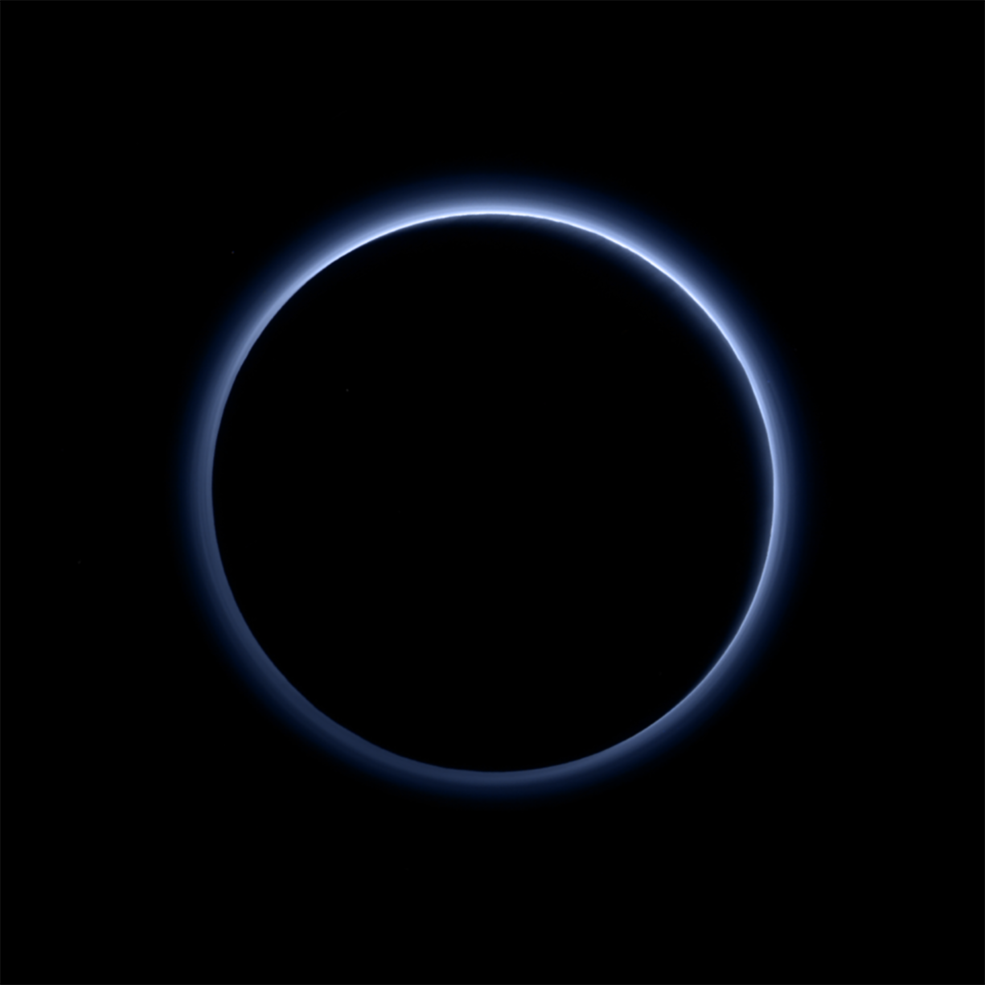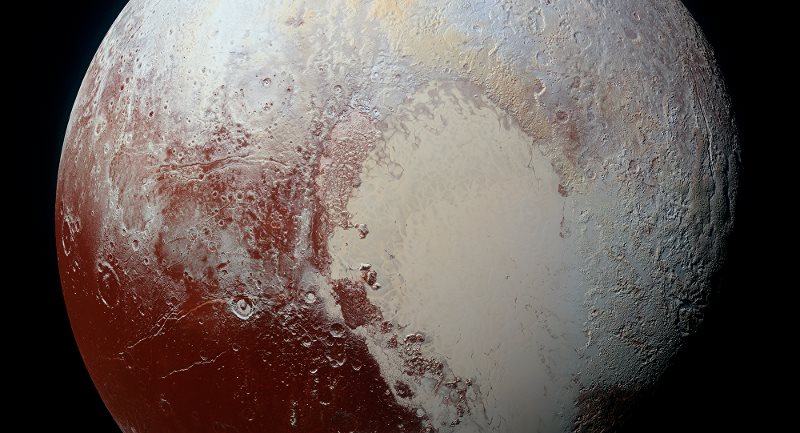OF THE
TIMES
I've had enough of someone else's propaganda. I'm for truth, no matter who tells it. I'm for justice, no matter who it's for or against. I'm a human being first and foremost, and as such I am for whoever and whatever benefits humanity as a whole.
Zelenskyy reminds me of the spokeswoman for the International Fellowship of Christians and Jews, an organization whose sole purpose for existing...
Well why the heck not? After all the US did create the problem.
Those are the only 2 we know about, but such depraved monsters rarely do it once so I’m curious to see how many more will muster courage to step...
All the government propaganda and fear mongering wouldn’t work if people weren’t such dumb sheep. Sadly, not much changed for the average person,...
Neil Oliver: 'They want to reduce carbon, but WE are the carbon they actually want to reduce' Somewhat late to the game, I would say.
To submit an article for publication, see our Submission Guidelines
Reader comments do not necessarily reflect the views of the volunteers, editors, and directors of SOTT.net or the Quantum Future Group.
Some icons on this site were created by: Afterglow, Aha-Soft, AntialiasFactory, artdesigner.lv, Artura, DailyOverview, Everaldo, GraphicsFuel, IconFactory, Iconka, IconShock, Icons-Land, i-love-icons, KDE-look.org, Klukeart, mugenb16, Map Icons Collection, PetshopBoxStudio, VisualPharm, wbeiruti, WebIconset
Powered by PikaJS 🐁 and In·Site
Original content © 2002-2024 by Sott.net/Signs of the Times. See: FAIR USE NOTICE



Reader Comments
to our Newsletter